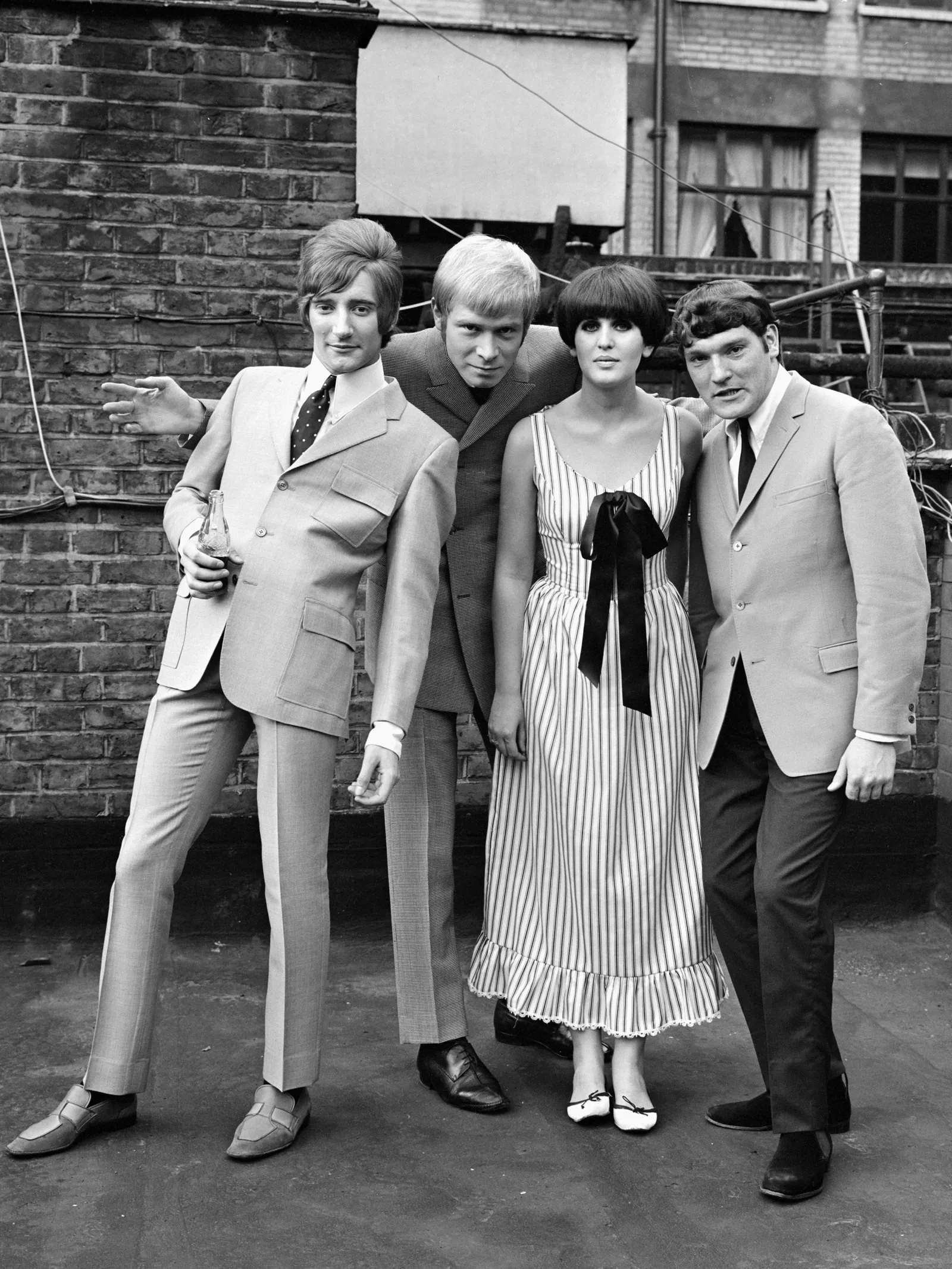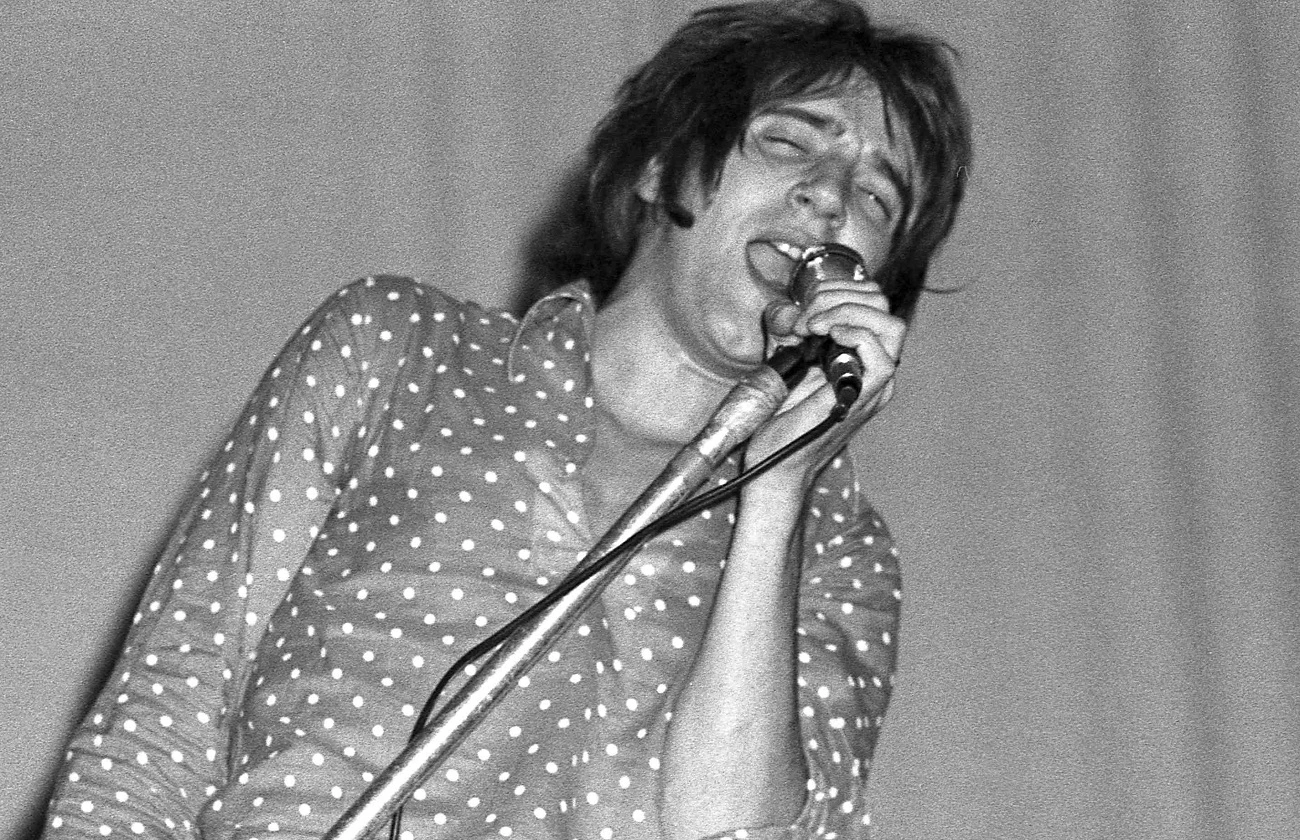Ryan’s 150 Favorite Films: Number 101, The Kid (1921)

One of the most frequent questions I am always asked being the host of the greatest movie podcast ever (opinions may vary) is “What’s your favorite movie?” That answer has been the same since I was 11 years old. But it also isn’t as easy to explain why I love some movies more than others.
As an art form, movies are by their nature interpretative. Some people will point to a film’s box office total as a barometer for a film’s quality, this might not be true again because although it might be popular to the masses it might not appeal to you. I am looking at you Avatar, which is not one of my favorite films, not by a longshot.
Also, if the film wins an Academy Award for Best Picture, that hardly means it’s one of my favorite films, looking at you The English Patient, in fact I hardly agree with the Academy. Having said that, I am sure that some people love Avatar and The English Patient. And that’s what makes movies so great.
I, also am not a professional critic. I love film. I try and find merit in all film. As a host of a podcast that attempts to give every movie a chance, I believe that is the best way to approach movies, let the lights go out and try and enjoy yourself. You might find a “diamond in the rough.”
When thinking of my favorite movies to share with you, my loyal listeners, I thought 100 wasn’t going to be enough. So, I am proud to present my 150 Favorite Films, right now. These will change, I know they will.
See you at the movies!
***Spoilers Ahead!!!***
101. The Kid (1921) Directed by Charlie Chaplin

The Movie: Filled with pain, an unwed Mother (Edna Purviance) abandons her child by placing him into the back of an expensive car, hoping that the boy will have the life she could not give him. With a note pinned to the child she leaves. The car is stolen by thieves who leave the child in an alley.
The child is found by A Tramp (Charlie Chaplin), who tries very hard to give the child to strangers on the street. Tramp finds the note on the boy that states, “Please love and care for this orphan child.” Tramp is moved by the note and takes the boy home. There he names the boy John and starts adjusting to a life of a caregiver.
It’s been five years and we catch up with John “The Kid” (Jackie Coogan) and the Tramp. They still live in Tramp’s cramped room and have little to no money. They do however have a scheme they pull off to make money. The Kid throws rocks threw windows, and The Tramp repairs them. The Mother, now a famous and wealthy actress does charity work by giving gifts to poor children. The Mother and The Kid unknowingly meet.
Later, The Kid gets into a fight and wins. This angers the other kid’s older brother. He attacks The Tramp who is “saved” when Mother breaks the fight up. When she leaves the fight continues. The Tramp is victorious with the help of some well-placed bricks.
The Kid soon falls ill and the Mother has The Tramp call a doctor. The doctor learns that The Tramp is not the father of The Kid. Men come to take The Kid to the orphanage but he and The Tramp escape. The doctor shows Mother the note he finds and she learns that The Kid is her son that she abandoned all those years ago.
While at a flophouse, the manager learns that there is a $1,000 reward for The Kid. He takes The Kid to the police station in the middle of the night while The Tramp is asleep. The Mother and The Kid are reunited. The Tramp after searching for The Kid returns home, and falls asleep in the doorway. In his dreams, his neighbors are all angels and devils. The Tramp is roused by a policeman, who takes The Tramp to a mansion. The Tramp confused as the door opens and he sees The Kid and The Mother, who welcome him into their home.

Why I Love The Kid (1921): Brilliant, funny and heartwarming. The Kid delivers on a wide range of emotions. Chaplin rightfully earned his place as one of the first true movie stars with films like The Kid.
Not only was he the star of the picture, but he was also the writer, editor, producer and composer. He wore many hats in his career and to me The Kid is the best and most successful of all of his films.
Laugh out loud moments are peppered throughout the film, but the chemistry between Chaplin and Coogan is what separates The Kid. The power of motion pictures as an art form is maybe the strongest on The Kid. As this is a silent picture all of the story is told by the actions of the stars. The act of physical comedy in The Kid is nothing short of amazing. But, how brilliant the physical comedy is, the emotions that Chaplin and Coogan put on screen make The Kid an all time classic tear jerker as well.
From well-choregraphed physical comedy, to heart warming and beautiful scenes, The Kid is the gold standard of silent films.




















